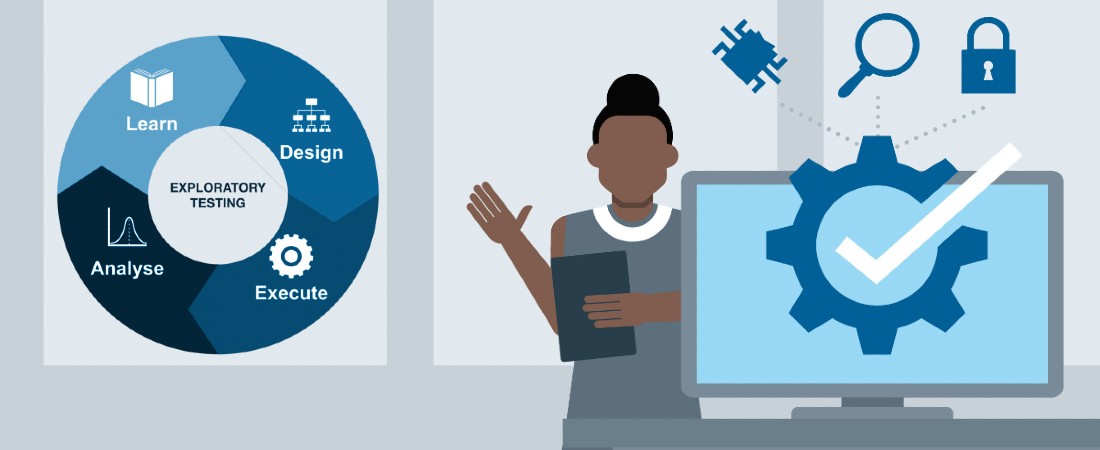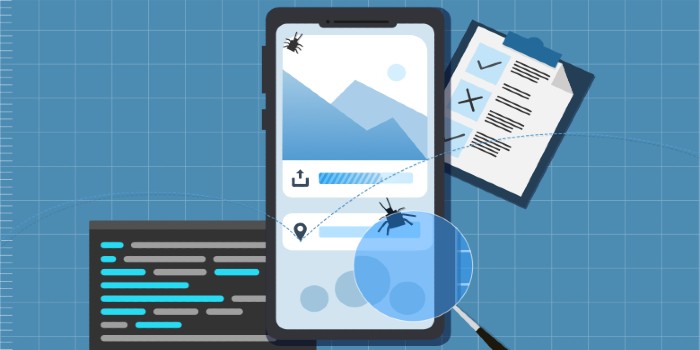“Exploratory testing” – as the name implies, is simultaneous learning, test design, and test execution process. We can say that in this testing test planning, analysis, design, and test execution, are all done together and instantly.
Exploratory testing involves concurrent test case design and test execution of an application or system under test. The QA Engineer will create/write down a test idea to give direction, and explore the system while testing to further create critical, practical, and useful tests for the successful testing of an application.
This requires a minimum of planning. QA Engineers continue to make a decision about their next move in action. It depends entirely on the process of thinking of the QA Engineer.
Often this testing can be more effective than the formal testing approach to identifying certain subtle defects that are missing from formal testing.
Few things to recall when conducting this test:
- Your task needs to be clear.
- Make sure you take notes and check on what you’re doing and how the system operates, which may be a possible bug.
- Know, observe, and come up with new test cases.
Why do we need it?
- Promote real-time thinking and helps in uncovering more defects.
- Promote use cases and scenario-based testing.
- Minimal documentation, maximum testing.
- Emphasis is more on learning and broadening the horizon of a tester.
- Avoid duplicate work.
- Useful when you want to audit other tester’s work.
When do we need it?
- To understand how the application works, what functionality it executes, and how its interface looks like.
- To identify historically and untested buggy functionality of the application. To compel the application to provide evidence of its capabilities in terms of functionality for which it was developed.
- To minimize test script writing.
- To find new questions and new information.
- When the advance iteration is required.
- When new QA Engineers enter the project.
- The QA team consists of adept Engineers.
- The application is critical enough.
Business Benefit of Exploratory testing:
- Identifies critical issues/bugs earlier on in the cycle
- Saves time, efforts and increases collaboration
- Empowers testers to test organically to enhance functionality
- Less formality and rigidity of the structure
- Fosters experimentation, discovery, and creativity
- Better utilization of testing resources adding more value to the product
- The almost instant feedback, closing the gap between testers and programmers
- User-oriented feedback for developers and business analysts
Exploratory testing, in itself, is quite powerful. But when combined with automated testing, or other testing practices, it is an effective way to accelerate defect detection, enhance product understanding, build better quality software faster and streamline towards more functional tests. Tracking the actions performed during exploratory UI testing, sophisticated testing tools can convert the information into modular code that can be used for automated regression tests.



